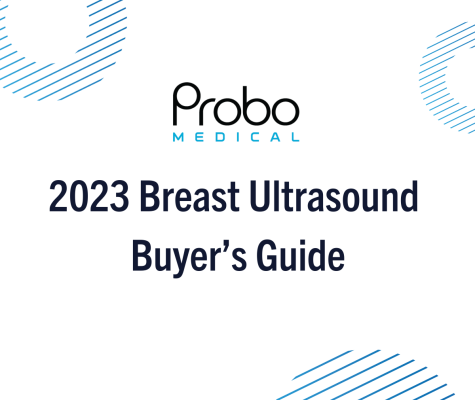TEE Ultrasound Probe Care Guide
At Probo Medical, we know that accurate diagnosis is critical for your patients and your business. Accurate diagnoses require quality ultrasound probes to capture detailed images. To help you better preserve the life of your probe and keep your business functioning, we developed the TEE Probe Care Guide. The TEE Guide includes our recommendations on how to store and care for your probe, ways to identify damage, and how Probo Medical can help with your TEE transducer repairs.
Bite Guard
Use a bite guard at all times. Bite holes and punctures are the number one cause of damage to TEE probes, and unfortunately, fluid finds all holes no matter how small. A hole may create high current leakage and could pose a risk to the patient.
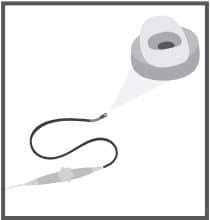
Tee Probe Disinfection
Over-soaking a TEE probe in disinfectant, or not using OEM approved cleaning agents can cause significant damage to the lens and bending rubber. Do not allow the handle to be submerged. We recommend following the instructions on the manufacturer recommended agent’s packaging for cleaning or disinfection. Additionally, you may want to check with your hospital infection control personnel if you have further questions about cleaning, disinfecting times, etc. Other things to consider are ventilation and soak times.
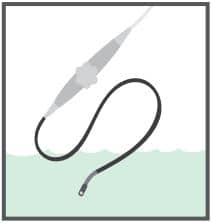
Tee Probe Inspection
Inspecting TEE transducers is very similar to the procedure used for standard transducers. However, you need to look closer as the problems on TEE probes are often very small. Sometimes you even need to use a magnifying glass to see the issues. Before and after every use, make sure to inspect the insertion tube, bending rubber, and lens for puncture marks, scratches, or damage. If there are any holes or scratches, the probe should be taken out of service.
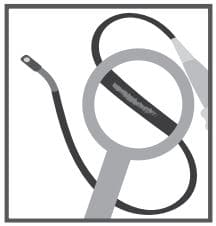
Tee Probe Protection
Handle the probe with care. Do not drop the connector or scan head. When possible, use a scan head protection cover whenever handling or carrying the probe. Here are some more rules to consider when handling your probe:
- Do not drop transducers
- Do not allow the transducer nose to bump into anything that’s hard
- Very important when transporting from one room to another
- Transducers that are stored in a drawer often bump the back side of the drawer. This should be lined with foam or something soft.
- Keep cables straight and not wound up
- Always use approved cleaning/disinfection methods
- TEE transducers should be transported in hard containers with array tip guards
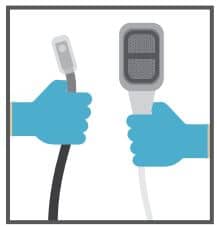
Tee Probe Storage
Do not store a TEE probe in its shipping case or box, rather place it in a hard container with an array tip guard so it's protected and secured. To eliminate moisture accumulation and bacterial growth, store a TEE probe vertically to aid drying. However, keep clean probes away from dirty probes to prevent cross-contamination. You'll also want to keep your cables straight and not wound up.
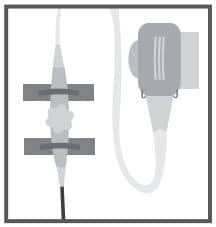
Tee Probe Repairs
When a TEE probe becomes damaged, it's crucial to keep downtime to a minimum. With Probo Medical, you can send us your damaged probe and we'll send you a complimentary loaner probe while yours undergoes repairs.
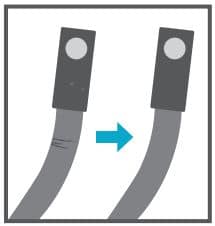
How Probo Medical Can Help
If you need a new or refurbished ultrasound probe, contact us and one of our knowledgeable ultrasound transducer sales specialists will be happy to answer your questions!
About the Author
Brian Gill is Probo Medical’s Vice President of Marketing. He has been in the ultrasound industry since 1999. From sales to service to customer support, he has done everything from circuit board repair and on-site service to networking and PACS, to training clinicians on ultrasound equipment. Through the years, Brian has trained more than 500 clinicians on over 100 different ultrasound machines. Currently, Brian is known as the industry expert in evaluating ultrasounds and training users on all makes and models of ultrasound equipment, this includes consulting with manufacturers with equipment evaluations during all stages of product development.


